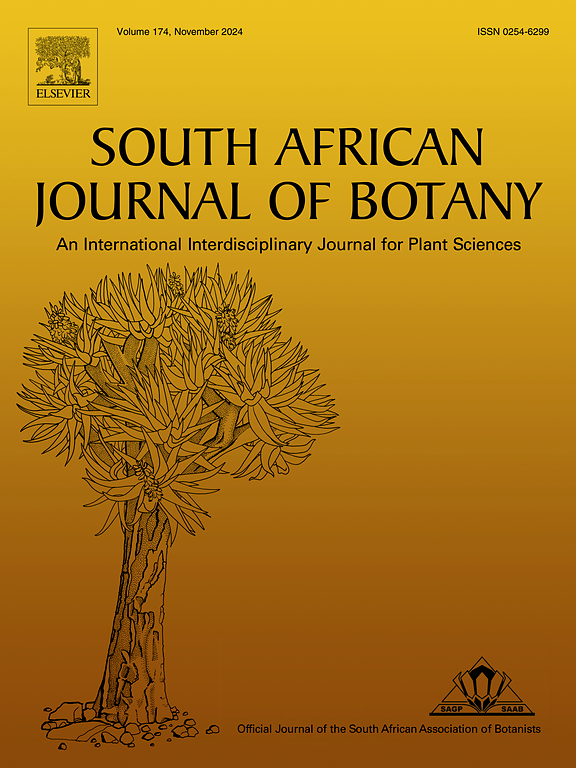Nanotechnology in agriculture: Exploring the influence of calcium carbonate nanoparticles on tomato leaf and fruit metabolomic profiles
IF 2.7
3区 生物学
Q2 PLANT SCIENCES
引用次数: 0
Abstract
Plant growth and development require various macronutrients such as calcium for the synthesis of secondary metabolites. One of the main factors hindering tomato development and fruiting is calcium deficiency. However, calcium can be made more available and more mobile in the plant and all of its activities through the use of calcium carbonate nanoparticles (CaCO3 NPs) as a source of calcium for plant nutrition. The aim of the study was to evaluate the effect of CaCO3 NPs on the metabolomic profile of two tomato cultivars grown under greenhouse conditions. A completely randomized design was used for plant growth. An LC-QTOF-MS/MS was used to analyze tomato fruits and leaves. The evaluation of the metabolomic profile was done using molecular networking in the GNPS analysis environment. The results obtained were compared against different databases and the DEREPLICATOR software was used for metabolites annotation. The PCA and heatmaps were generated using Metaboanalyst software. The results revealed each cultivar's metabolomic profile to be unique and highly influenced by application of CaCO3 NPs, as shown by the distinct groups obtained via heatmap, PCA, and PLS-DA multivariate analyses. Additionally, the application of CaCO3 NPs increased the presence of terpenoids and flavonoids in both fruits and leaves compared with the untreated plants. Metabolites such as 13-hydroxyabscisic acid, Dantaxusin A, and Sinuatol were identified in the leaves of the Moneymaker cultivar, with 3′-O-linolenoylglyceryl 6-O-galactopyranosyl-galactopyranoside, Olean-12-en-28-oic acid and scutianthraquinone B present in the fruits. In the case of the Heinz-1370 cultivar, 3-O-(α-L-oleandrosyl) oleandolide, 6,6′-di-O-caffeoylcatalpol and astilbin were identified in the leaves, with quercetin 3-O-xylosyl-rutinoside and 3-O-feruloyl-1,4-di-O-dihydrocaffeoylquinic acid identified in the fruits.
求助全文
约1分钟内获得全文
求助全文
来源期刊

South African Journal of Botany
生物-植物科学
CiteScore
5.20
自引率
9.70%
发文量
709
审稿时长
61 days
期刊介绍:
The South African Journal of Botany publishes original papers that deal with the classification, biodiversity, morphology, physiology, molecular biology, ecology, biotechnology, ethnobotany and other botanically related aspects of species that are of importance to southern Africa. Manuscripts dealing with significant new findings on other species of the world and general botanical principles will also be considered and are encouraged.
 求助内容:
求助内容: 应助结果提醒方式:
应助结果提醒方式:


